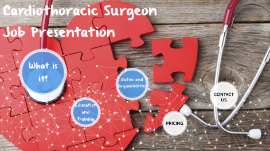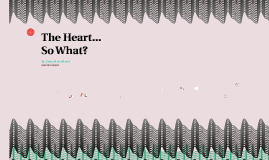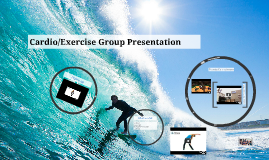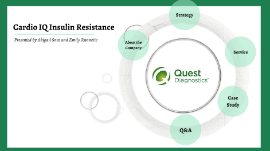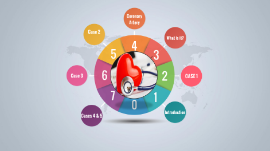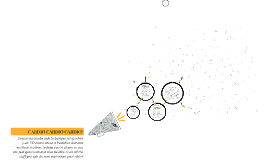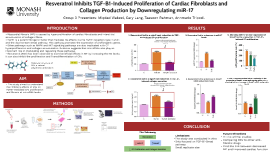Cardio Presentation
Transcript: What is Cardio? Cardio is is any movement that gets your heart rate up and increases blood circulation throughout the body. Why is cardio important?(In a physical perspective) Cardio strengthens your heart. The heart is a muscle, and just like all other muscles in order for it to become stronger it needs to be worked. Cardio increases your heart rate. Cardio increases your metabolic rate. An increased metabolism is an important part of managing one’s weight. Cardio increases your muscle's ability to utilize glucose. Those who exercise regularly tend to have better control of their blood sugars. For these reasons, cardio is especially helpful for those who want to manage their diabetes. As you partake in cardio, your lungs get stronger. Your brain sends signals to them to help you breathe faster and deeper, delivering extra oxygen to your muscles. Why is cardio important? (In a psychological perspective) *Cardio floods the brain with chemicals that enhance functions such as memory, problem solving, and decision making. *Exercise elevates your level of immunoglobulins, which are proteins that help bolster your immune system and ward off infection. *Mood-enhancing chemicals, like serotonin, dopamine, and norepinephrine, flood your brain during and after your cardio session. *Cardio releases “feel good” hormones, also known as endorphins. Endorphins helped reduce feelings of fatigue, anxiety, depression and stress. **Here are some helpful websites with more information on the benefits of cardio!** www.fitnessmagazine.com www.womenshealthmag.com www.bodybuilding.com Specific Types of Sports and Exercise Improves Your Health: *running can raise your levels of good cholesterol while also helping you increase lung function *boost your immune system Prevents Disease: *For woman, it can lower risk of breast cancer *Reduce risk of having a stroke *Reduce risk of having a heart attack *Decreased Depression *Lose Weight *Boosts Your Confidence *Relieves Stress Parkour: How society Views Us What we Really Do: Wallyball basketball Open gym/Free weight Field Day What we did: Benefits of Running Basketball Warm-up Cardio/Exercise Group Presentation Bike trails/ routes in Gainesville There are about 3000 routes in Gainesville and 5 groups, along with the campus clubs that bike. Five of the most popular routes are: *Moby dick/chestnut hill peggy road, 55.99 miles *Gainesville 22mi ride *Archer newbwerry 46 241 38 miles, 38.38 miles *UF main 39th 34th mhprd 241, 31.74 miles *Ride around UF, 10.88 miles The average person loses 400 – 700 calories playing a game of basketball. Why This Sport is Beneficial: *It gets you *Running *Jumping *Sweating *Burn calories (an hour of basketball can burn 630–750 calories) *Build endurance *Improve balance and coordination *Develop concentration and self-discipline *Build up muscle Exercise Entertainment Benefits of CrossFit Risks of Running: Running Types of Running: Base Run- “getting back in shape” ; short to moderate, natural pace Long Run – long distance mileage at natural pace, varies depending on the person Fartlek Run- mixes intervals with distance; used to introduce speed into your distance/duration runs Intervals- shorter segments of fast running separated by slow jog/standing recovery Sprint- as fast as you can run over a short distance; involves extreme adrenaline, muscular strength and foot speed Effects of different running on the body: Sprint- builds muscle and burns fat Longer runs- burns muscle and fat How to Prevent Injuries: Running in correct shoes Icing Stretching Drinking water Running Injuries: *Pulled Hamstring: This is a common sport injury, seen most commonly in sprinters. Treatment of a pulled hamstring is important for a speedy recovery. *Stress Factor: Common in long distance runners or any high-impact sport. Treatment usually is successful by avoiding the sport for awhile. *Patellofemoral Syndrome (“Runner’s Knee”): problems associated with the kneecap, are common in runners. *Shin Splints: pain can be due to problems with the muscles, bone, or attachment of the muscle to the bone. CrossFit Cycling Stress Cardio Group Summer 2013 * CrossFit is a total body workout that not works the heart and lungs but builds strength and endurance * Uses any combination of olympic lifts, body weight gymnastics, and standard weight lifting * Based on the premise of "Constantly varied functional movements"






